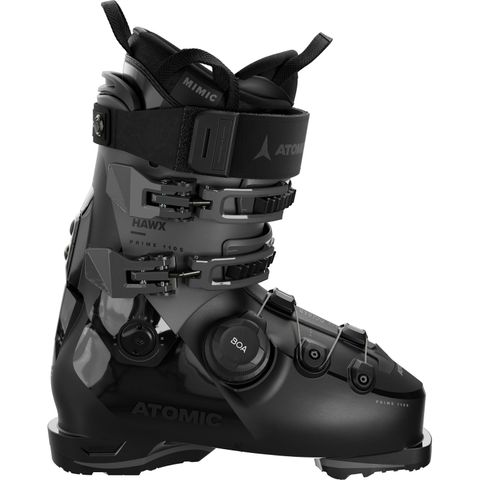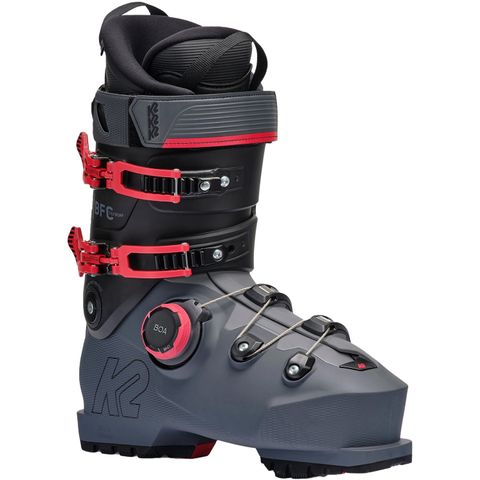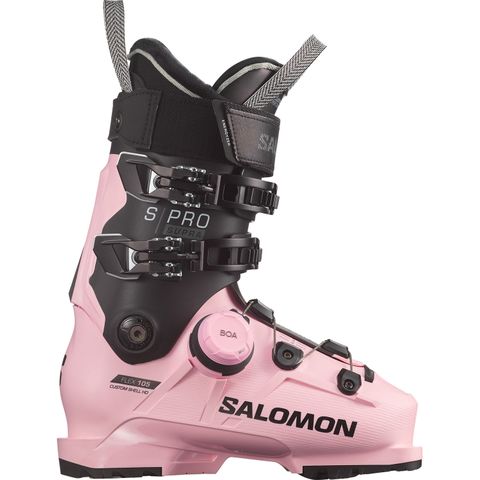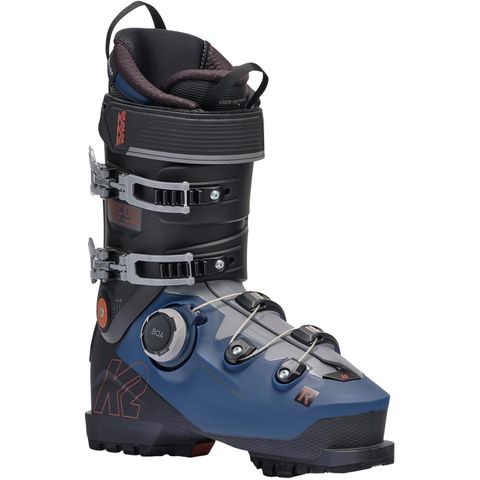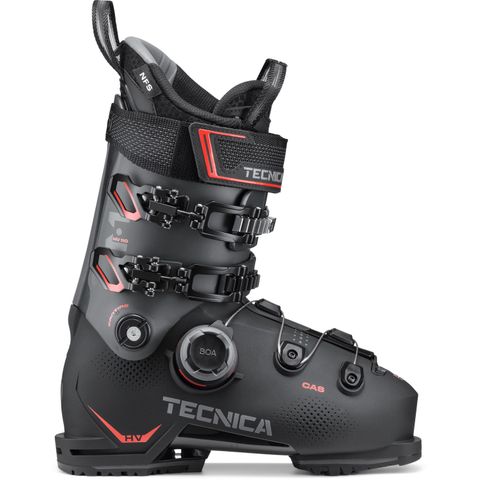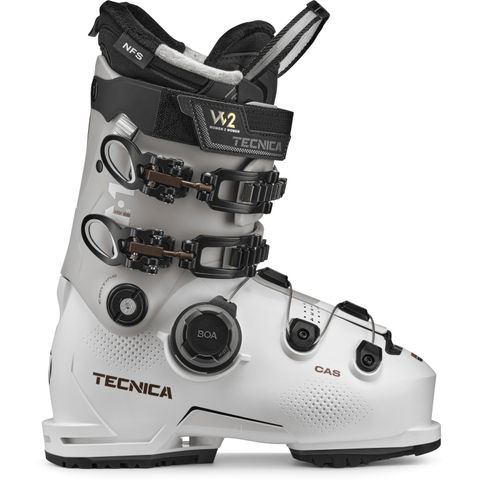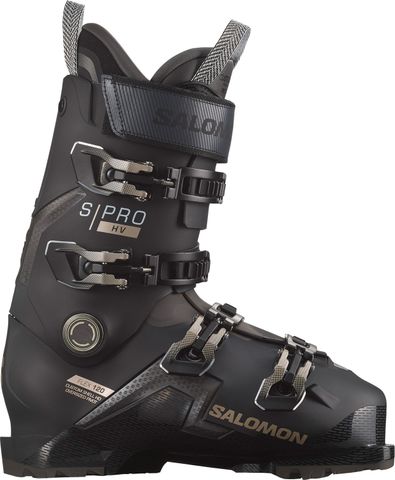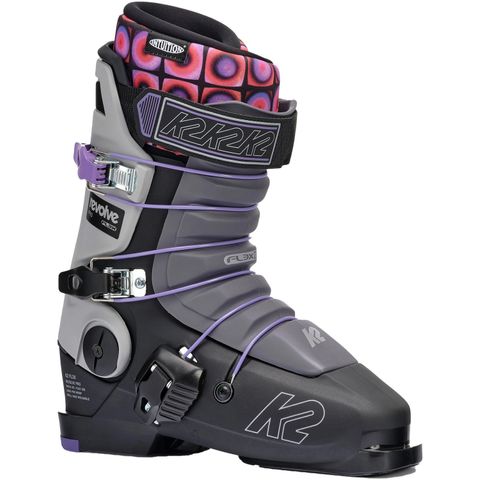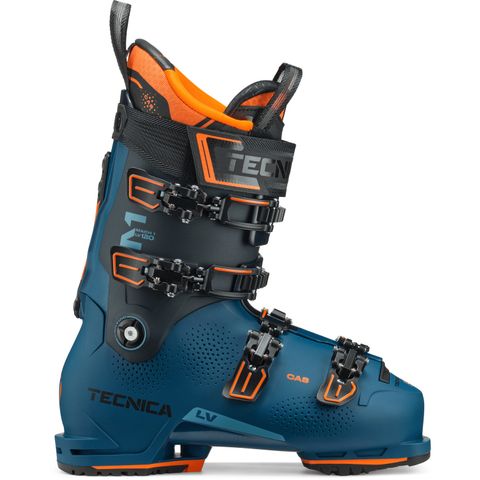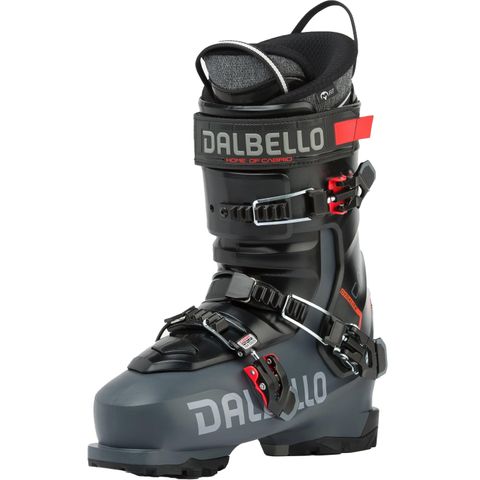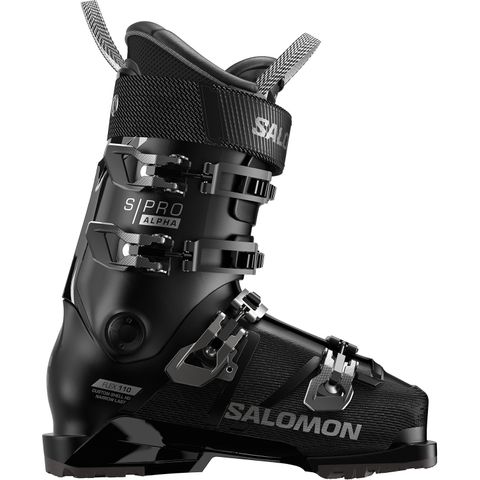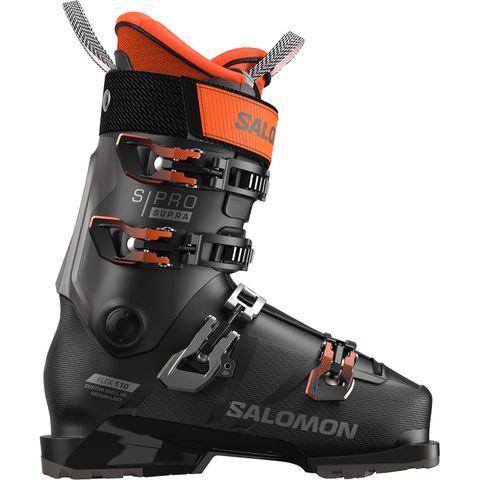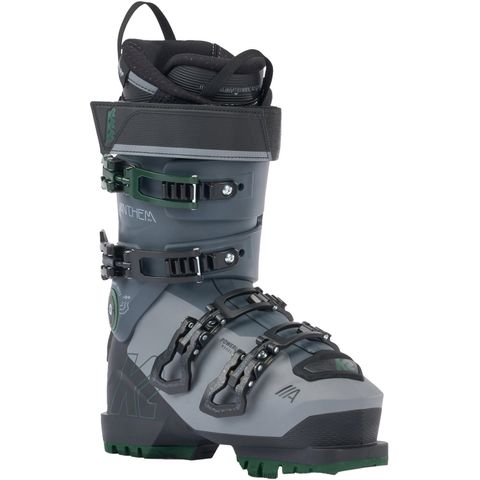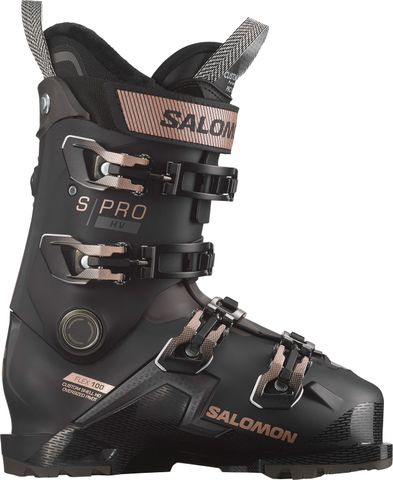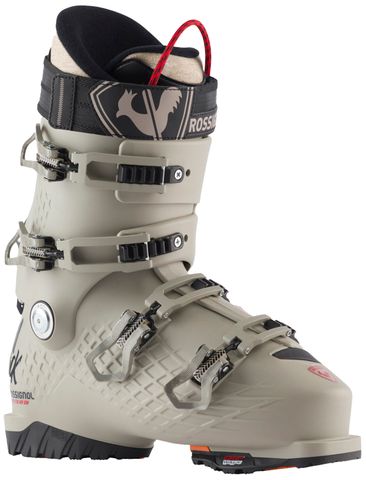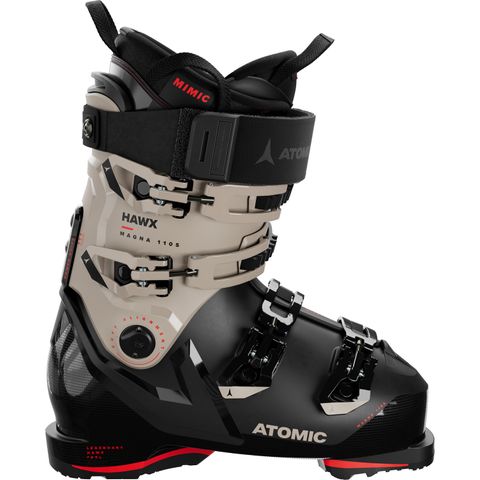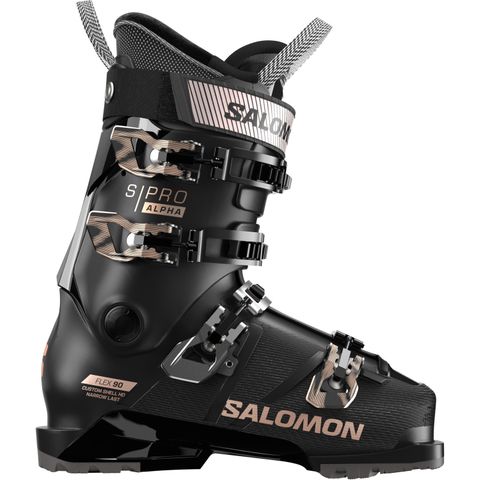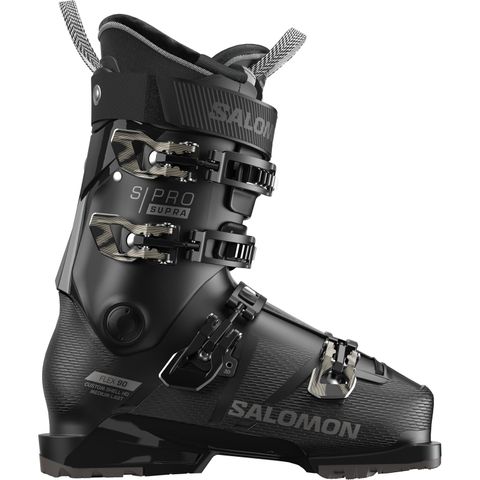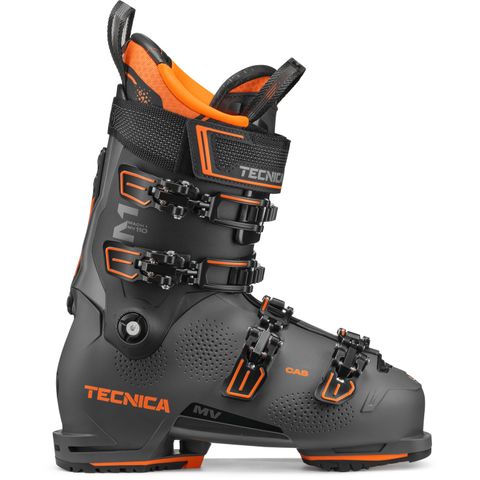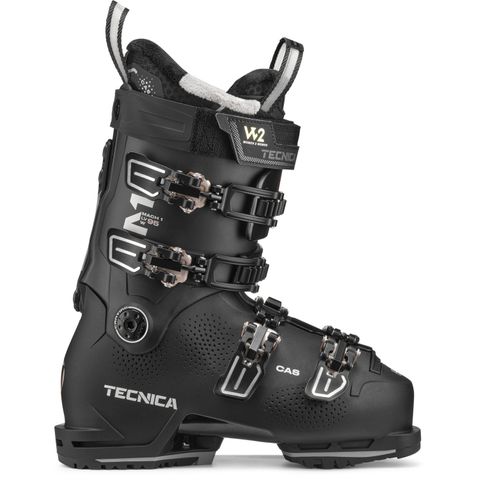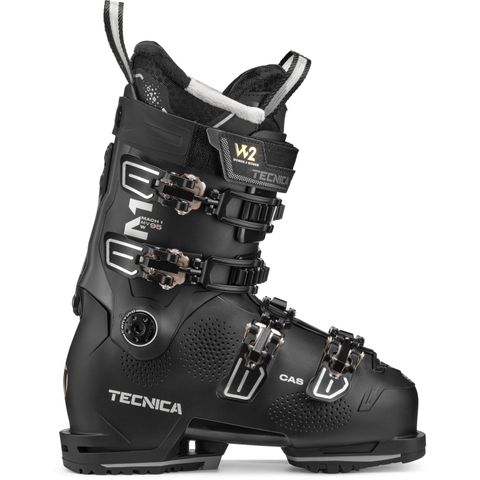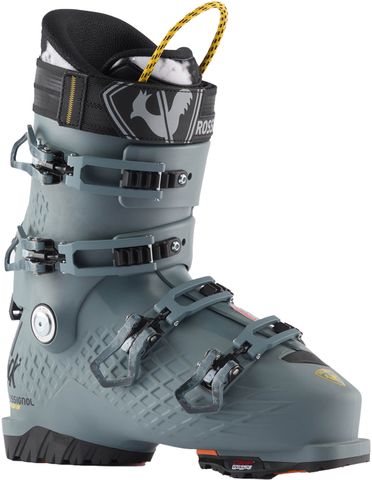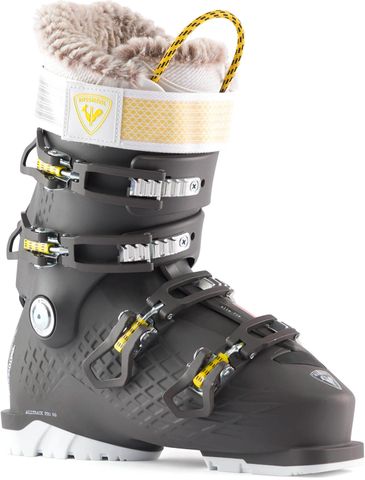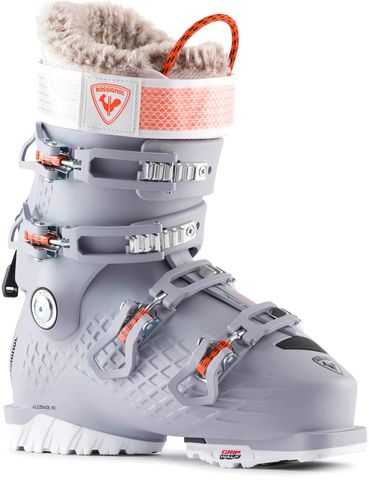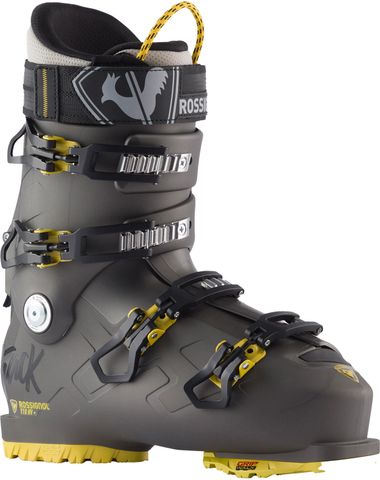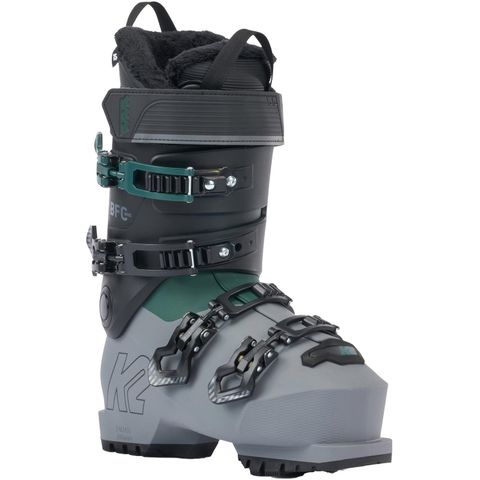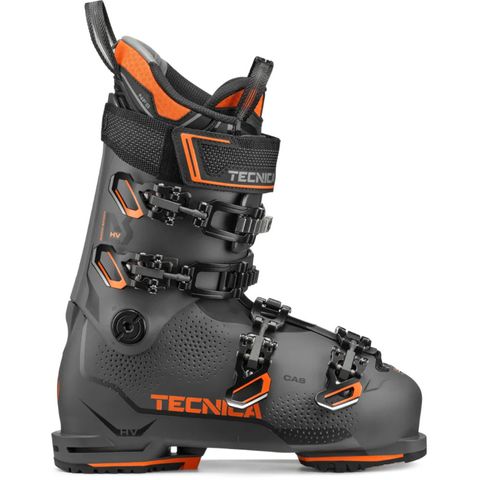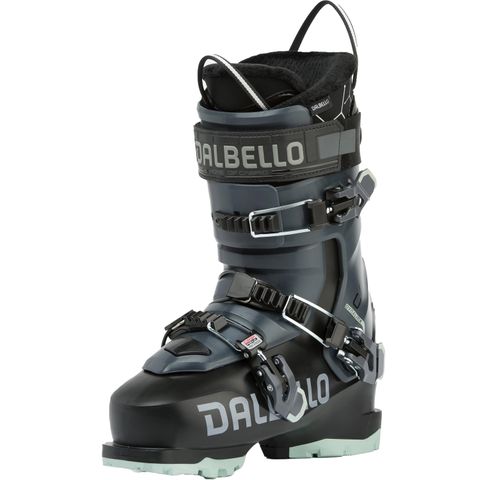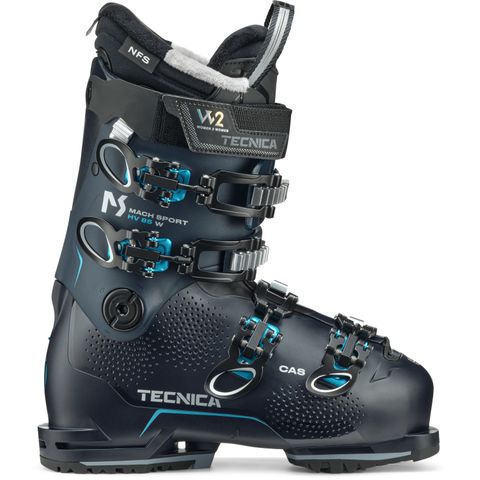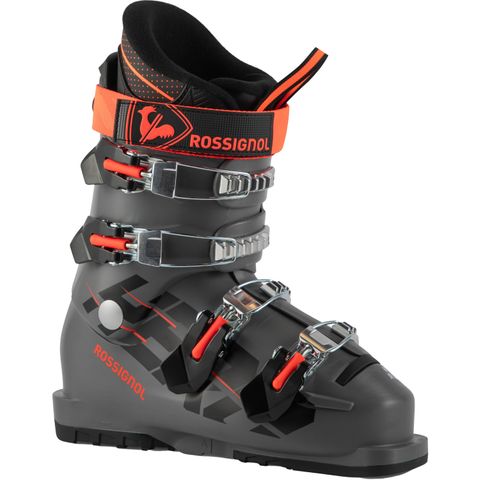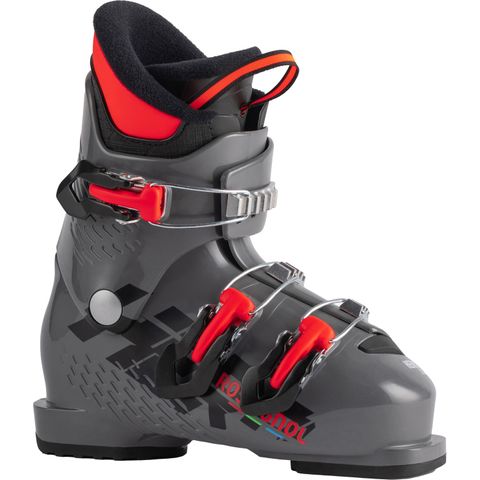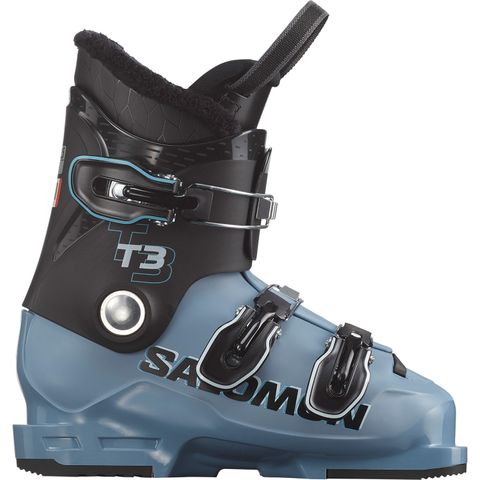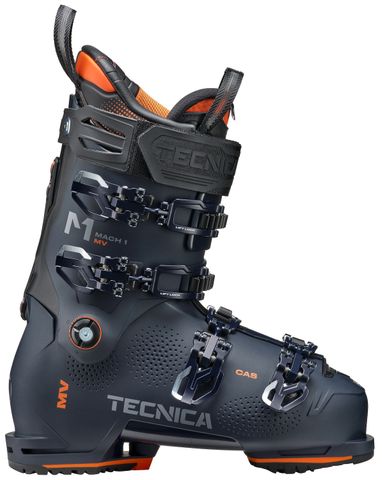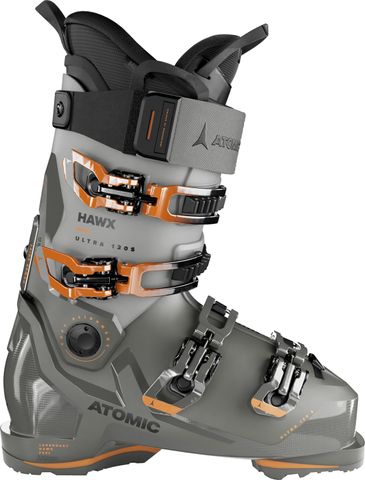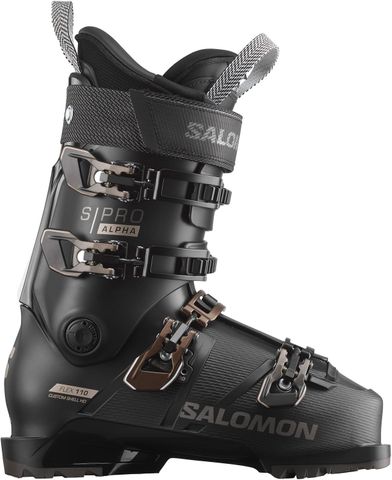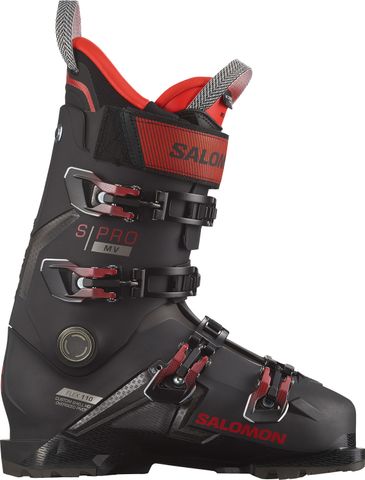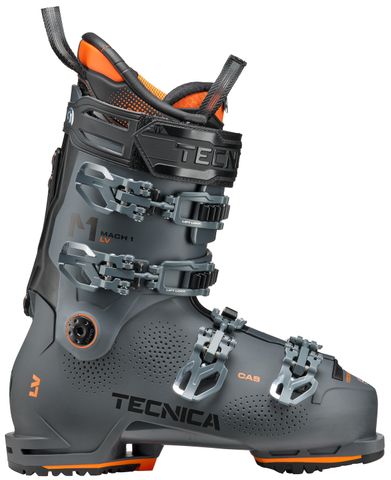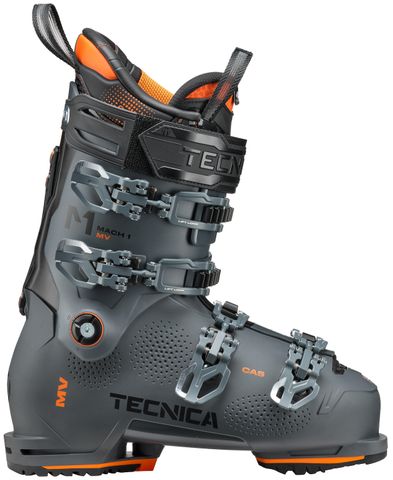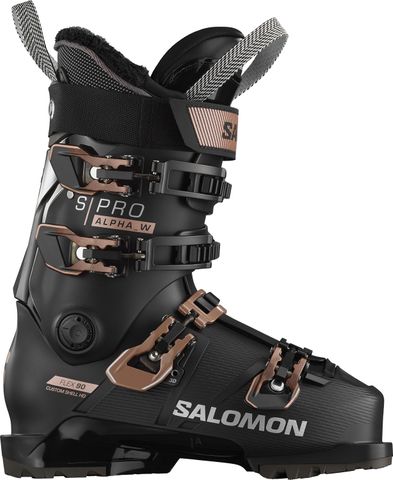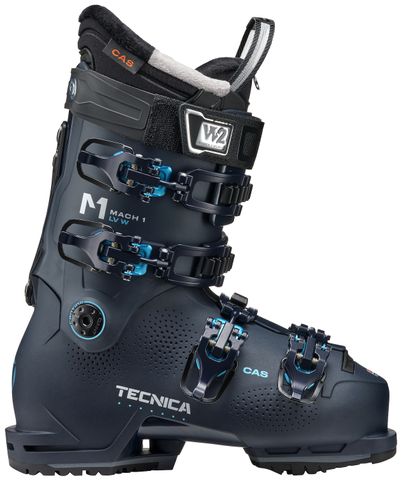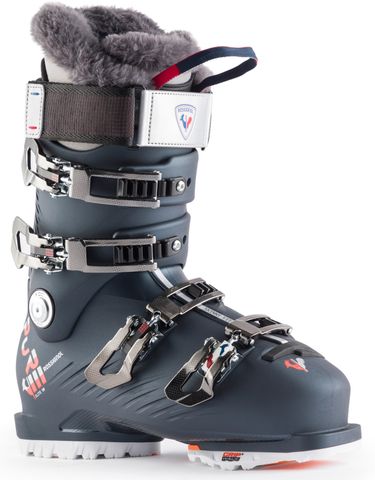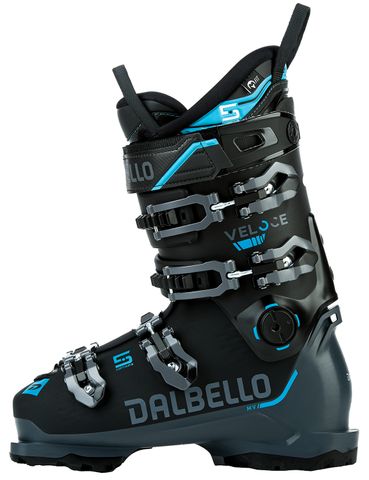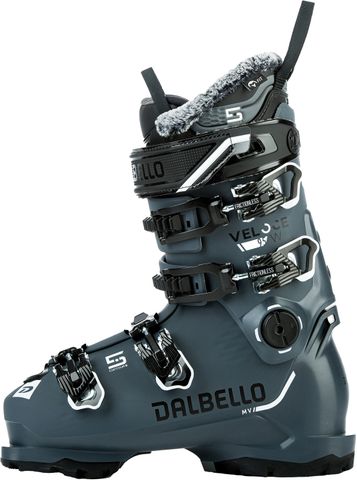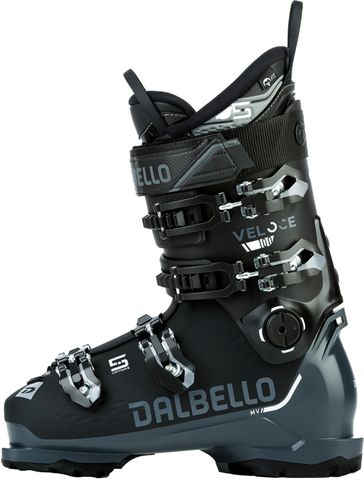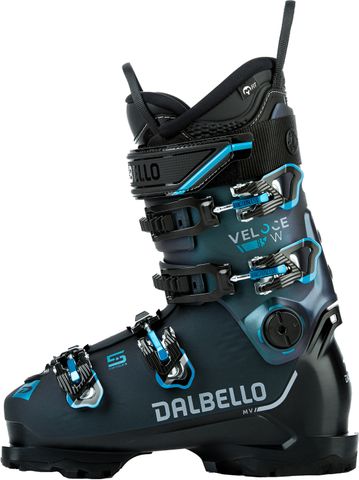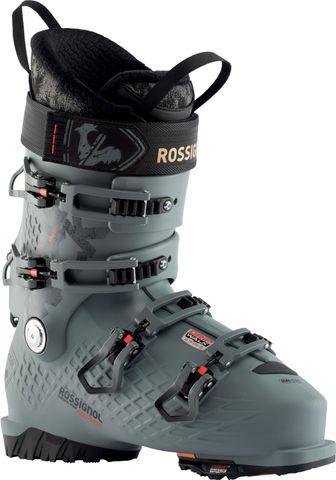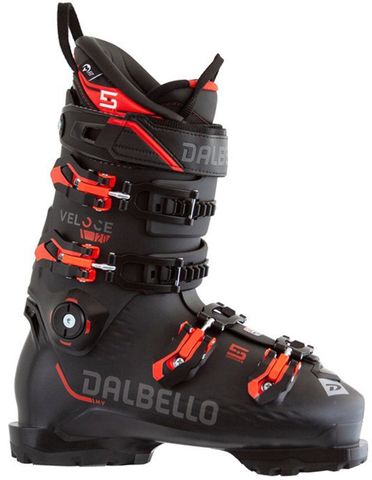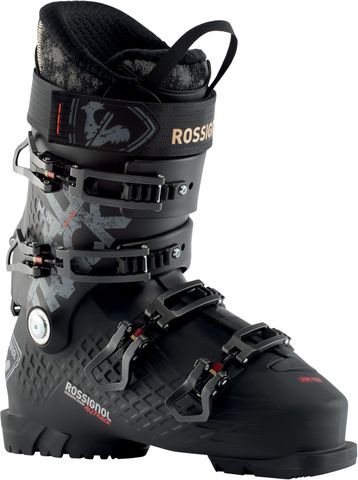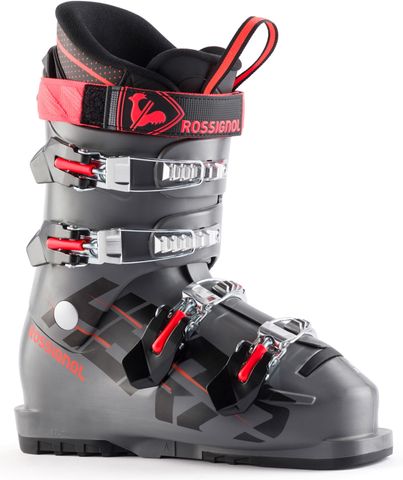Snow Ski Boots

Snow ski boots are arguably the most critical component of a ski setup, as they provide the connection between your feet and the skis themselves. Choosing new snow ski boots is an important decision that can greatly impact your snow ski experience. While the overall fit and feel of a boot comes down to a skier’s personal preference, there are several components of a boot that are important to consider:
- FLEX: The flex of a ski boot refers to the amount of stiffness or resistance in the boot when it is bent forward at the ankle. It is typically measured on a scale of 60 to 130 for adults, with a lower number indicating a softer flex and a higher number indicating a stiffer flex. A softer flex is typically best for beginner skiers and for those who prefer a more relaxed and forgiving ride, as it allows for more flexion in the ankle. A stiffer flex is suited to advanced skiers and for those who want more precision and control as it offers more support and responsiveness when carving and skiing at speed.
- LAST: The last of a snow ski boot refers to the width of the boot at its widest point, from the 1st to 5th metatarsal. It's measured in millimetres, and it generally ranges from narrow to wide, typically between 92mm to 106mm. The last width of a ski boot can affect the overall fit of the boot, and it's important to find a last width that matches the width of your foot for a comfortable and supportive fit. A boot that is too narrow can cause discomfort, such as pinching or cramping and can lead to cold toes, as the circulation can be restricted. On the other hand, a boot that is too wide can also lead to poor performance, as the foot may move too much inside the boot, causing instability and a lack of support and response.
- FIT & SIZE: A proper fit is essential for comfort and performance. Your heel should be held securely in place and should not slip inside the boot when you flex your ankle forward. There should be no pressure points or hotspots on your foot, as this can indicate that the boot is too tight or too wide. Your toes should be touching the end of the boot when you are standing up straight, but there should still be enough room to allow your toes to move slightly when you are flexing your ankle. When you try on the boots, you should be wearing the same socks you plan to wear while skiing.
CONSTRUCTION & MATERIALS:
Snow ski boots are typically made from a combination of different materials, including plastic, foam, and metal. Each material offers its own unique set of properties, which can affect the performance, durability, and price of the boot. The price of a ski boot is determined by several factors, including the materials used, the design, and the brand. Boots made with higher-quality materials and advanced technologies tend to be more expensive, but they also offer greater performance.
- PLASTIC: Plastic is the most common material used in the construction of ski boots. Most plastics are lightweight, durable, and relatively inexpensive. The plastics in ski boots can vary greatly depending on the flex and price.
- FOAM: Foam is used in the construction of the boot's liner, it's a material that can be shaped to fit the skier's foot, it's also lightweight and warm. Foam liners can be made from different types of foam, such as closed-cell and open-cell. Most quality ski boot liners can be heat moulded.
- METAL: Metal is often used in the construction of ski boots to increase strength and stability and is always used for parts such as the buckles. Metal can be used in the construction of the boot's spine to increased rigidity and performance.










